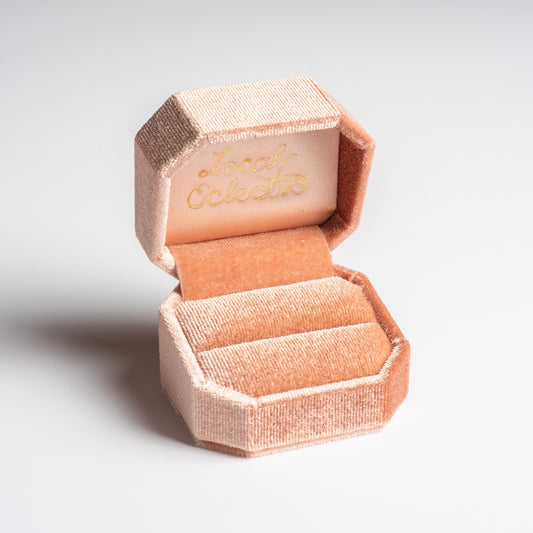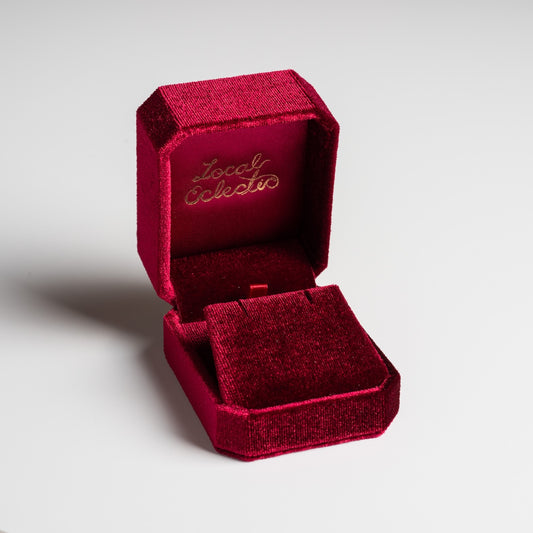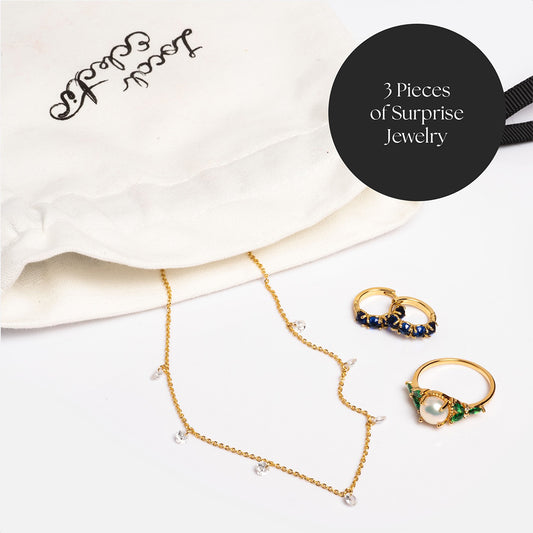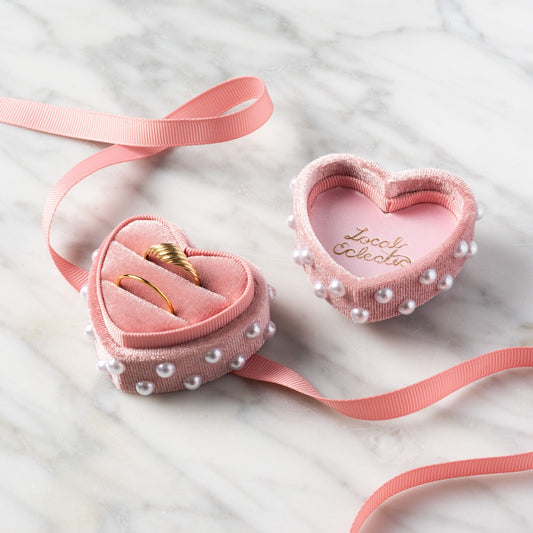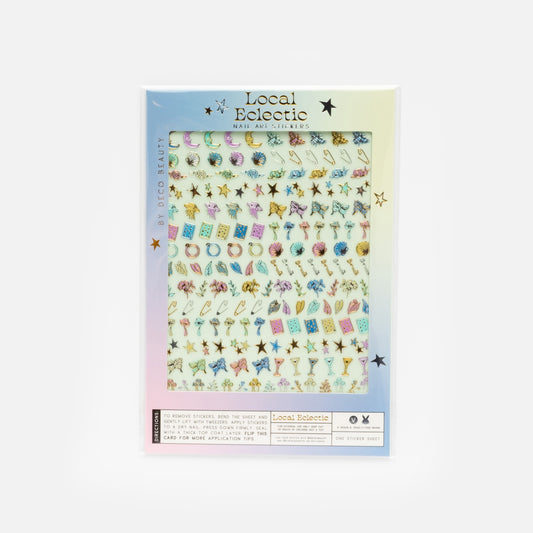As the world around us continues to evolve and grow at an alarmingly rapid pace, the trend for stillness seems to be escalating now more than ever. It's prevalent in the demand for slow fashion, but it has also trickled down into other lifestyle choices, even influencing the way we eat.
Emily Fiffer and Heather Sperling shared this very sentiment when together, they opened Botanica Restaurant in the Silver Lake neighborhood of Los Angeles. The restaurant, also consisting of a curated market and a digital magazine, serves to make cooking and eating a nutritious, wholesome experience again.
We spoke to the co-founders about creating with intention and the steps that led them to where they are today.
How did you two first meet?
E: We met while living in Chicago. I was an editor at Daily Candy; Heather was an editor at Tasting Table. I emailed Heather, having never met her, to tell her what a great job she was doing. We made a lunch date to meet at a new restaurant that Heather had to try for a story. We bonded over a mediocre bowl of tomato soup and a lamentable fried mortadella sandwich, and the rest is history.
What was your first entry into the food industry?
E: I started getting interested in food and cooking a bit later in life—in my mid-twenties. I quickly became obsessed and wanted to learn anything and everything related to food, nutrition, and cooking. I started taking weekly trips to the farmer's market, collecting cookbooks, and reading blogs like mad. Yotam Ottolenghi published Plenty a few years later. Like most people who were fans, we were totally hooked. I figured the best way to get better at cooking would be to learn from the man himself. I sent a cold email that unbolted a lot of pleading and ended up with a month-long stage in London. Within five minutes on my first day, I was certain I wanted to redirect my career into something involving food.
H: I've been cooking my entire life—even in elementary school, I was doing Thai, Indian, and Japanese cooking projects. I dove into the food world right after graduating from college; I got two full-time jobs doing cooking demonstrations and recipe development for Whole Foods and working nights and weekends at a restaurant with a chef I admired. Food media felt like the best outlet for my culinary obsession and after a year, I had built up sufficient vocabulary to talk my way into an internship with a food-focused publication in New York. That lead to 10 years as an editor covering food, restaurants, and culinary culture.
What was the first meal you remember having that truly nourished you?
E: I remember so many meals that have been nourishing throughout my life for myriad reasons. For me, nourishment comes as much from the people I'm eating with and the conversations we're having as the food itself; in that vein, I'd say the most nourishing food memories come from my grandma Elaine's table, where there was always an abundance of food swept from her fridge and pantry onto beautiful plates and platters collected from her travels around the world.
H: I'll have to echo Emily here and mention my maternal grandmother, Mary. There's no one meal in particular that comes to mind; rather, when I think of nourishment, I think of the blue zip-top cooler bad that she'd bring over at least four times a week, always packed with ceramic contains of snacks, soups, stews, salads, and baked goods. My childhood was filled with her wonderful, homey cooking, which drew on her Polish-Midwestern background and my grandfather's Lebanese heritage: caponata and Cornish pasties; lentil soup, stuffed cabbage, and chicken cacciatore; hummus and lubiya made with fresh green beans; blue plum coffee cake, brown sugar bars, lace cookies, Syrian bread, and so much more.
You met in Chicago and lived in New York as well. What attracted you to LA and why did this feel like the right place to pursue Botanica?
E: Neither of us remembers how LA first entered the conversation. Somehow we found ourselves here in February, 2015 eating raspberries and fondling citrus at Silver Lake Farmers Market. I'd flown down from icy Chicago and Heather had come from freezing NYC, where we were pretty sure we were going to open. We looked at each other and said, "Why are we even talking about opening anywhere else?!" It was just so obvious that our mission—to serve food that makes you feel good and to create a space and business that could anchor a diverse community—could come to life here. LA is a massive, sprawling place where it's easy to feel unmoored. The upside of that is there is room to create, which is a large part of why we chose to start our business here. There are some incredibly special pockets and an abundance of creative people who make a genuine effort to support and generate the feeling of community.
There's three components to Botanica—the magazine, the market, and the restaurant. What's the correlation between the three and why did it feel necessary to expand the brand in this way?
E: The business was very thoughtfully created with those three founding facets in mind: The restaurant is the tangible representation of the Botanica experience; we're able to feed people the food we create, manifest our idea of hospitality, and build a business that we think is sustainable and healthful (in a realm not known for either).
The market is another tangible extension of our desire to share—this time, by way of selling the products and produce we're using in the restaurant kitchen, providing a space to interact with curious cooks and wine lovers.
The website—a cooking publication with recipes, technique features, and lots more to come—acts as a point of connection for people who aren't able to visit the restaurant itself or for diner who want to cook our food after having tasted it at the restaurant. As former food editors, we saw a gap in the editorial representation of restaurant food that had a healthful bent, and a gaping hole when it came to the actual sharing of restaurant recipes, openly and genuinely. We don't view anything as propriety—our vision is to see as many people cooking healthful, exciting, seasonal food as possible—so the more we can share with people near and far, the better. Our recipes are accessible, and we'd never want it any other way.
All three facets bolster each other and make our business stronger and more cohesive, giving us multiple opportunities to grow.
What has been the most challenging part of running your own business?
E: When you're the type of person who is constantly striving for excellence, it's always difficult to put something out into the world before you feel that it's 100% perfect in every way. This has been a bog exercise in vulnerability and perspective. Every day we remind ourselves: this is a work of progress.
We have a lot of discussions about stopping to enjoy our success rather than constantly identifying elements we'd like to change, and about how we can be productive leaders and work to actually grow our business now that it's up and running. Its time to start making sure that we're taking care of ourselves, first and foremost, because the health and sustainability of the business begins with us.
Why do you feel it's so important to cook using locally sourced ingredients?
E: Many reasons. First, it's the most sustainable. So many amazing things are growing around us; it would be irresponsible to ship a bunch of product from around the country when we have so much at our fingertips, and we feel strongly that our food tastes better because of our dedication to that philosophy.
Second, our food is vegetable-centric! Our goal is to show how glorious, colorful, and fulfilling vegetables can be; in order to do that though, we need to use the highest quality produce. The highest quality produce comes from local farms, plain and simple. Letting the seasons and the market inform our cooking is an incredible gift; we're in constant awe of the beauty and abundance of California.
What's next for Botanica?
E: A few things on the list: getting back to catering, stocking the market full of amazing pastries and savories, adding recipes to the website, community outreach, exciting events, and so much more.
Photos: Botanica Restaurant
